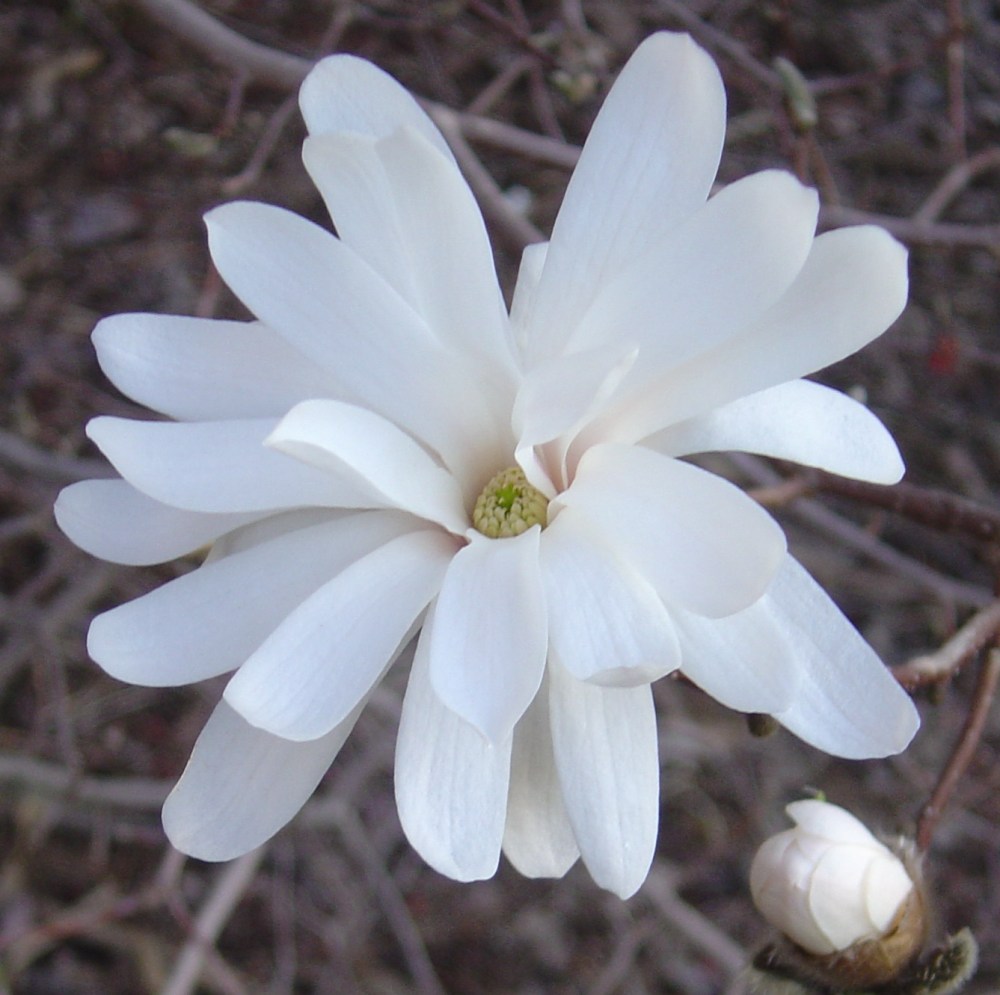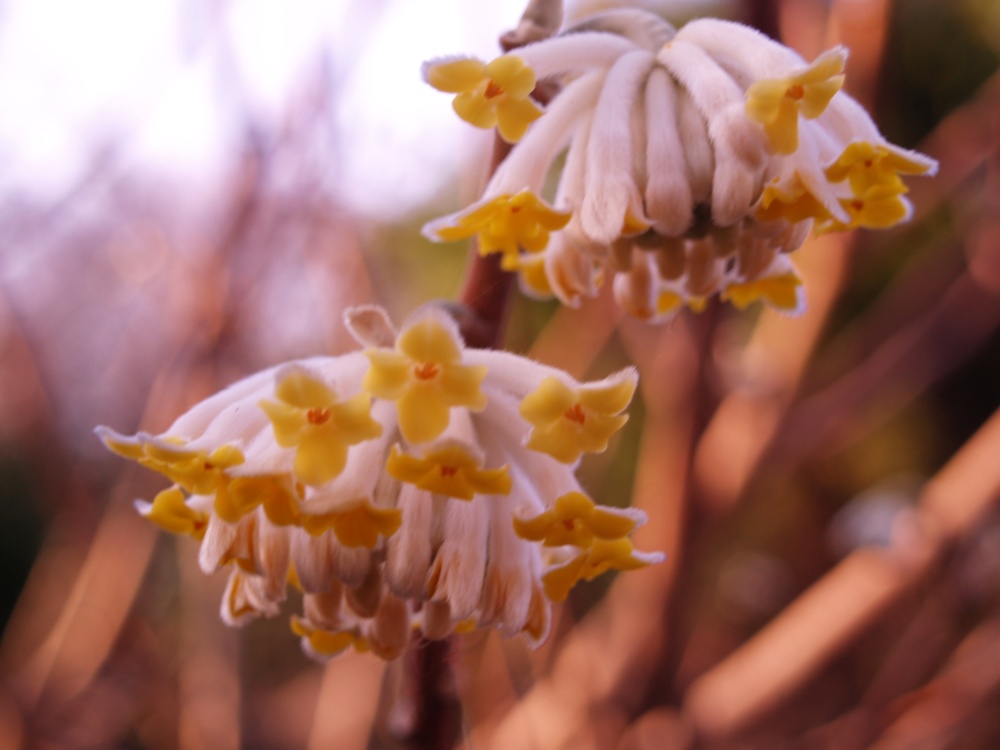There will be warmer days. Soon, I hope.
After considerable consternation in recent years (and earlier this winter) about the warming of the planet, the past few weeks have been cold, just when there was hope that spring was around the corner. With witch hazels and hellebores in full bloom a week into February, there was little reason to doubt that the warm days of spring would again come early. A year ago January was April-like, and though February cooled slightly, each day in March seemed warmer than the day before. But, the last weeks of this February were cool (though perhaps not cold), and the forecast through mid-March is for more of the same.
I don’t suppose that redbuds will flower by the second week of March this year. They’re more likely to settle back into their typical routine to flower at the start of April, perhaps even the second week, when they are followed closely by the native dogwoods.
In my garden the early flowering magnolias are the harbingers that spring has arrived, not the witch hazels that flower dependably by mid February despite blizzards or the coldest temperatures of winter. Today, the buds are tight on the magnolias, though with only a few warm days that will change. When ‘Royal Star’ and ‘Dr. Merrill’ flower early the blooms are often damaged by frost and freeze, but that seems more unlikely since they will flower later this spring.
There is no hurrying March along, no matter the amount of wishing for warm, sunny days. I try to remain patient through the late winter, but winter has gone on too long so that I’m anxious to get started on garden chores that have been stubbornly avoided for the past few months. But, there is not enough urgency to convince me to brave this breezy, cold day.
On the first warm weekend day of March the grasses must be cut back. A year ago they began to grow by the second week of the month, and a delay in cutting them back would chop the tops off the emerging grass blades. With cool temperatures there is more time before this must be done, but that is first on the list of tasks to accomplish, though I mustn’t complain since there are only a handful or two remaining that haven’t succumbed to the garden’s increasingly widespread shade.
Next, the browned foliage of perennials must be cut back, and again this is only a matter of a few hours labor. Most of the withered foliage is easily pulled, and if I carry along a large bag the project is simplified by not having to make the rounds a second time to pick up the debris. At the start of February I cut back the foliage of the hellebores on a dreadfully cold afternoon so that the flowers could be seen more readily, and in my haste to get back indoors the piles of leaves were left to collect another time. Now, the foliage has been scattered about by the winter winds, and there will be double the work in collecting them.
There are a few areas where soil and mulch have washed out that must be repaired or spring storms will only erode the areas deeper. The chunk mulch that I use must be raked out of the lawn, the soil regraded to fill the depressions, and the mulch spread over the top. There is not much mulch since I apply it once when a bed is established, and usually never more, but along the edges the pine chunks are more attractive than bare soil. I don’t lay a new layer of mulch each spring as most gardeners do because I plant close enough that weeds are discouraged, and the chunks last many years if they’re not allowed to float away.
There are some piles of leaves that must be raked and then ground to spread over the beds that have no chunk mulch at all. The leaves are much more easily collected late in the autumn when they’re dry, but the most of the chore was accomplished before winter, so this shouldn’t be too much of a bother. Again, there are more twigs and branches that must be cleaned up, and over the past year this seems to have become one of the more consistent tasks with one wind storm after another.
A month ago I burned two large piles of twigs, branches, and debris, and I must decide whether a third and fourth pile will be burned before trees leaf out. The piles accumulate because I’m too lazy to carry debris as far as the compost pile, or to the fire pit where these things are occasionally burned on a cool spring evening. With the large piles gone there’s a possibility that I’ll be motivated to keep the areas neat, at least for the next year.
While I write this the collection of chores does’t seem insurmountable, but in fact it usually takes several weekends to accomplish. March weather is unpredictable, and if temperatures don’t warm up I’ll only be able to delay the inevitable for another weekend or two.